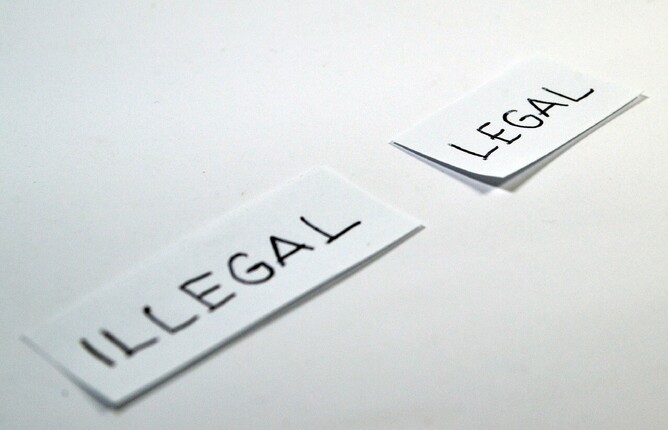Are you unknowingly making illegal dividend payments?
Do you know the rules around dividends? If not, you could be making illegal dividend payments. Talk to us and we’ll help you meet your obligations and get in control of your company finances.
We all know that dividend payments are a key way to pay yourself and your fellow company shareholders when your business makes a profit. But are you following the right rules when taking out dividends from your company?
Dividends can only be declared out of your company’s available undistributed profits, and the correct administrative procedures need to be followed if your dividend payments are going to be legal. If you unknowingly make illegal dividend payments, there can be significant tax and other consequences – even if you were unaware that they were not valid at the time.
So, what rules do you need to stick to? And how do you keep your dividends legal?
Key things to consider when planning a dividend
First, let’s look at the basic underlying principles behind these payments, and also the key considerations to keep an eye on when planning to initiate a dividend payout. If you stick to the right procedures, and keep the right records, there shouldn’t be any issues.
Here are some key considerations when planning a dividend payment:
- Dividends can only be declared out of after-tax profits that are available for distribution to shareholders. Payments made from any other source don’t meet the regulations.
- It’s possible for some profits to arise in the accounts but these not to be available for dividends. Usually, this is because they are ‘paper’ profits, such as those arising on a revaluation upwards of assets. Until the gain is realised, i.e. the asset is sold, the profit can’t be used to support dividends.
- Another complication arises because ‘cash’ and ‘reserves’ are measuring different things. It’s quite possible to have more cash in the bank than there are distributable profits – and to therefore pay out a dividend that doesn’t meet the rules.
- Often, an exact after-tax profit figure will only be calculated at the end of the financial year, but that’s insufficient for declaring dividends during the year. Even if there were reserves at the end of the last year, it doesn’t follow that they haven’t been reduced by subsequent losses in the current year.
- Ideally, management accounts should be drawn up on a regular (monthly or quarterly) basis during the year. Provided that they’re properly prepared, and allow for relevant accounting adjustments and tax charges, they can form the basis for ensuring that the dividends you’ve declared comply with the letter of the law.
- To declare dividend legally and properly, you should:
- Have up-to-date management reports that show your financial position
- Hold a board meeting to declare the interim dividends that are required
- Ensure that both the board minutes and dividend certificates are prepared in a timely manner.
- If dividends are declared illegally (which includes both due to insufficient profits and not following procedures) they can be reversed. This could result in an unexpected overdrawn loan account, with tax consequences for the company.
- If the company goes into liquidation, any dividends paid previously may be required to be refunded to the company.
Talk to us about dividends and setting up regular management reporting
Keeping on top of your accounting and management reporting is one important way to ensure that your dividends are legal and being made correctly.
We can help prepare management accounts on a regular basis, throughout the year. This helps you to meet your obligations when making dividend payments, but also gives you an enhanced financial overview to help with managing your company and making more informed decisions.
Get in touch to discuss your dividend plans.

